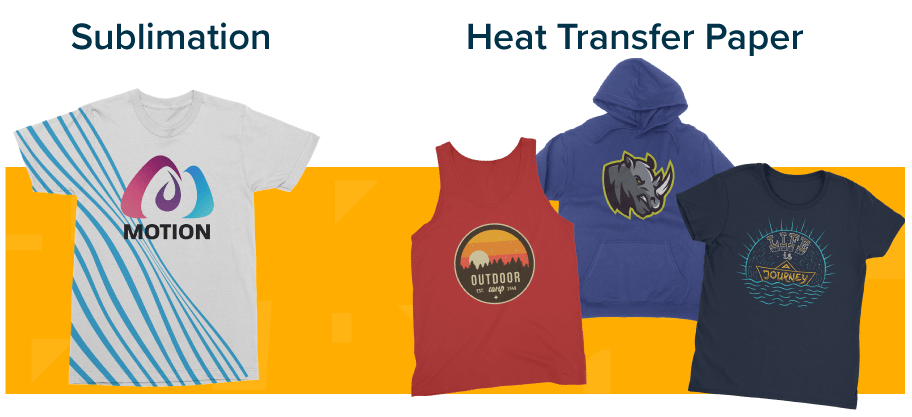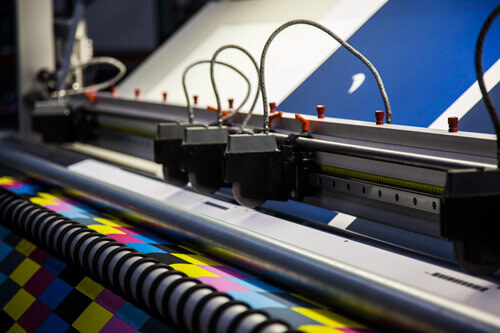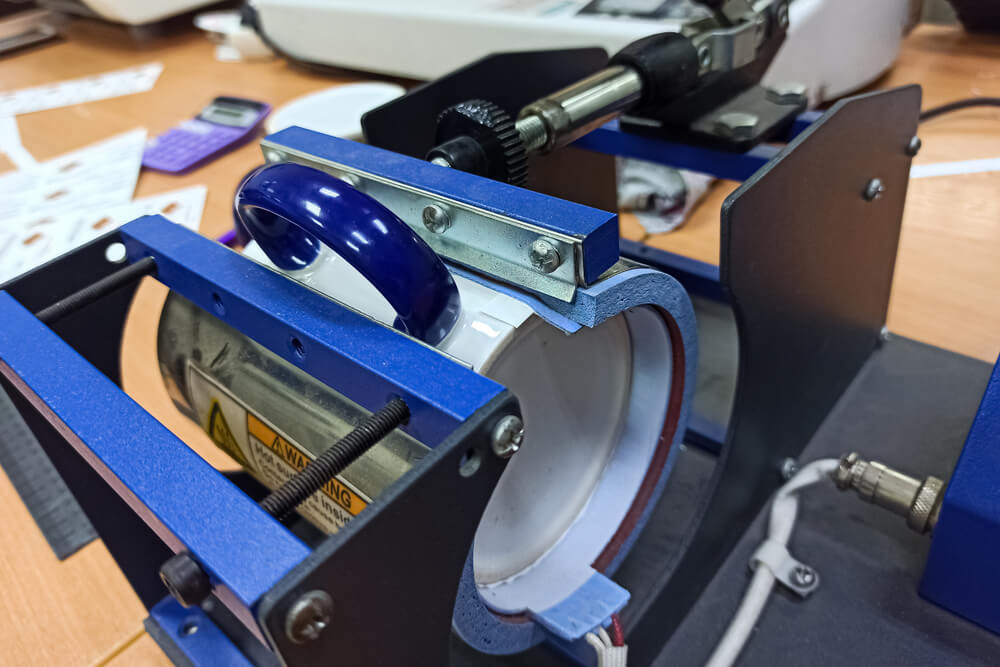Heat Transfer vs. Sublimation

Types of Fabrics You Can Decorate:
Most heat transfer papers work on both cotton and polyester fabrics - while you'll learn that sublimation only works on polyesters. No 100% cotton! This is because sublimation ink only binds to polyester material.
You can get away with sublimating on some poly-cotton blends, but the transfer will not be as bright and vibrant as when you use 100% polyester. It also works on a wide variety of hard surfaces with a poly-coating. This opens up an entirely new world of items you can customize - coasters, jewelry, mugs, puzzles and much more.
Colors of Garments You Can Transfer:
Heat transfer papers are designed to work for either dark or light-colored garments while sublimation is exclusively for white or light-colored garments. Because sublimation adds no extra layer on top of the fabric, the material also needs to be white or very light-colored for your transfer to show.
Durability and Feel:
Sublimation uses a process where the ink becomes part of the fabric rather than adding a layer on top. On the other hand, heat transfer paper adds a layer on top of the garment. This additional layer can be physically felt and is less durable than sublimation and can become faded and cracked over time with numerous wash cycles.













